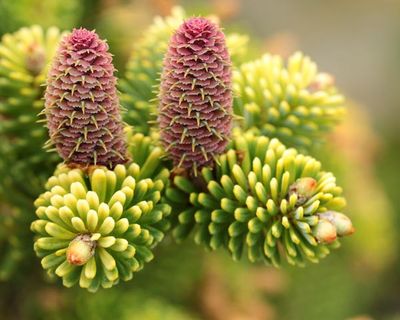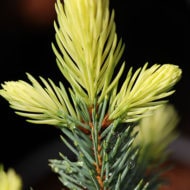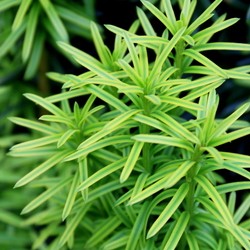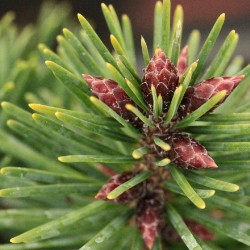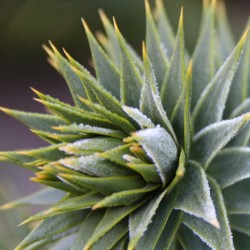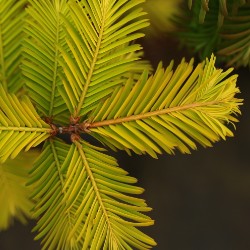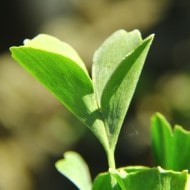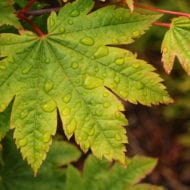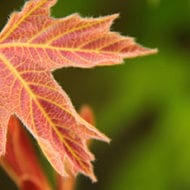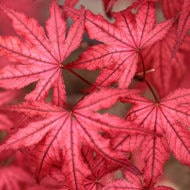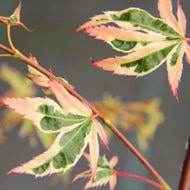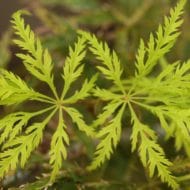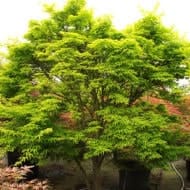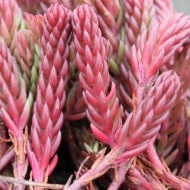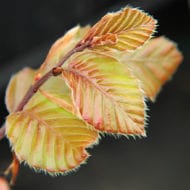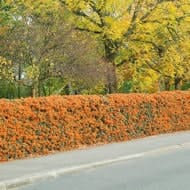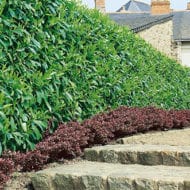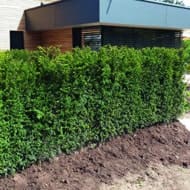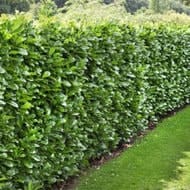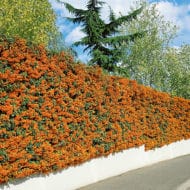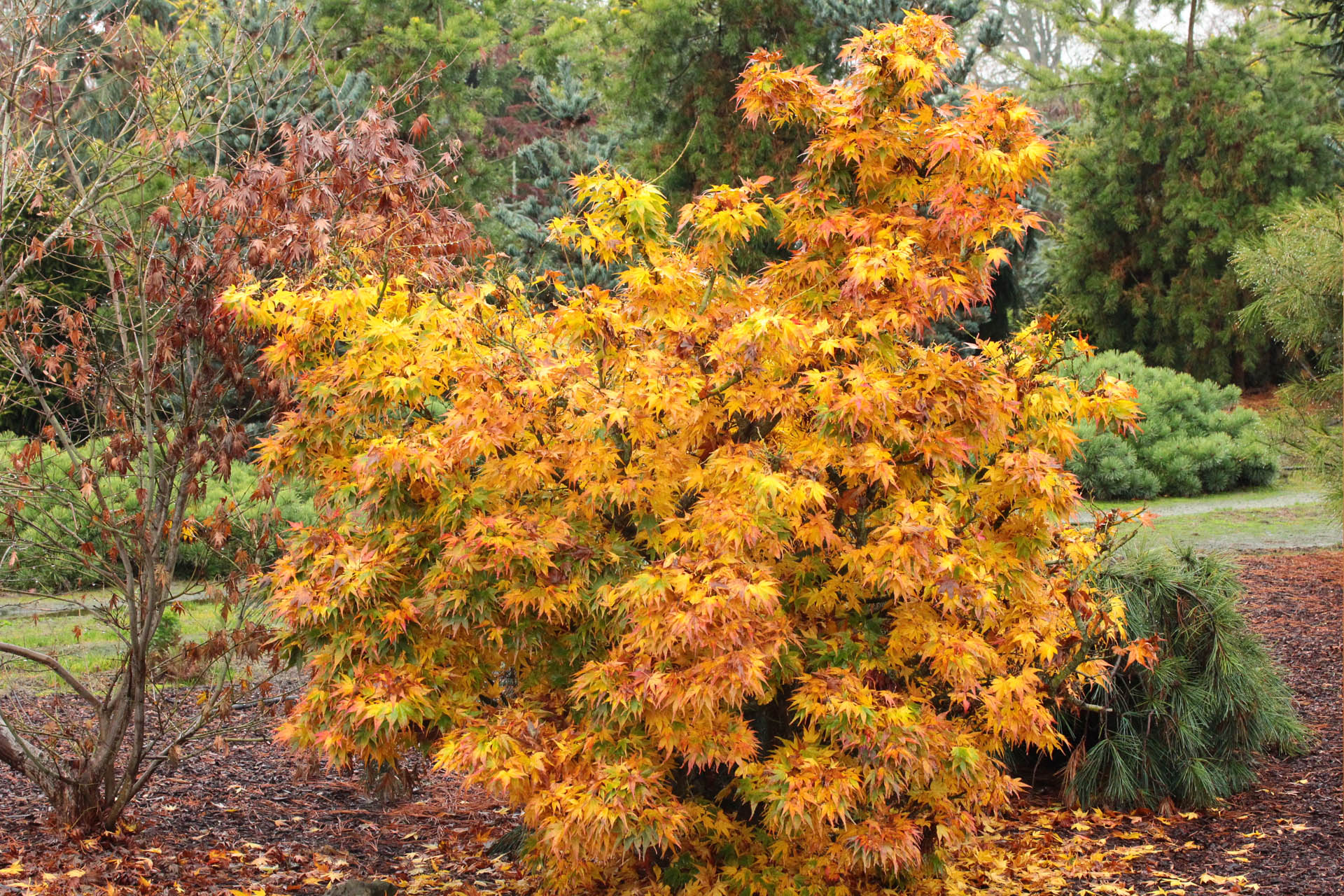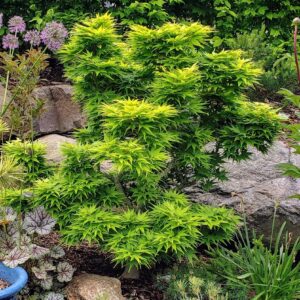Acer palmatum ‘Mikawa yatsubusa’ Japanese Maple
Description
Commonly referred to as Mikawa, this truly unique dwarf Japanese maple is an excellent choice for small landscapes. This cultivar is one of our favorites, producing layers of small leaves that overlap each other because of close leaf spacing and short petioles. The effect is striking: a rather dense yet sculptural plant with a diverse assortment of leaf size and color. New growth seems to include the whole color spectrum between yellow and green, with older growth turning dark green. In fall, a different color palette takes over, spanning the range between yellow and scarlet. For optimal Mikawa Yatsubusa care, plant this Japanese Maple in a location with morning sun and partial shade throughout the day. It thrives in acidic or neutral soil, and regular watering is recommended, especially during the first few years of growth. Don’t forget to check out the wide selection of other Acer palmatum species.
USDA Hardiness Map

Plant Form

Additional information
| Weight | N/A |
|---|---|
| Latin Name | Acer palmatum 'Mikawa yatsubusa' |
| Common Name | Mikawa yatsubusa Japanese Maple |
| Annual Growth | 4-8" |
| HxW@10 Years | 5'x4' |
| Growth Rate | Dwarf |
| Color | Green |
| Leaf Type | Broadleaf |
| Sun Exposure | Sun/Part Shade |
| Hardiness Zone | Zones 5-9 |
| Growth Rate | |
| Form | |
| Color | |
| Your auto-detected zip code |  |
| hardiness zone based on zip code |  |
| You can also try another zip code |


